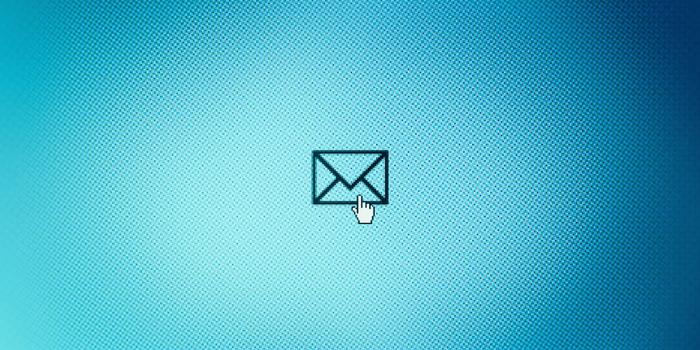
Email is supposed to make your life easier—until you hit send on a work message and quickly realize you made a mistake. You sit there, helpless, as your email flies off into the ether, out of your grasp. Sure, some email platforms like Gmail have an “undo send” option, but if you haven’t set it up or didn’t notice what went wrong until after it timed out, that’s not at all helpful to you right now. You’ve already accidentally replied all, sent a sloppy message to an important client, or, worst of all, shared something confidential or snarky with the wrong audience.
Don’t panic. Everyone slips up every now and again. You can recover—usually. If you wrote something that’s inappropriate in any context, for example, you’ll have to deal with the consequences.
For those common email slipups, here’s how to easily tell recipients to disregard your previous email, plus some example messages for common scenarios. Sorry, this is for work emails only—we can’t do anything about that embarrassing text you sent your ex.
Your “disregard my previous email” strategy
Use these steps to decide what to put in your email after a mistake:
- Decide if a follow-up is necessary. Some mistakes seem monumental when we make them, but are actually insignificant after we look at the bigger picture. For example, accidentally using the wrong “there” may be embarrassing (especially if you’re a writer or editor), but it doesn’t necessarily need to be addressed in its own email.
- Tell your reader why you’re emailing. After an appropriate email opening for the situation, get right to the point. Do you want your recipient to “disregard your previous email”? Or maybe you just need to say you forgot to attach the file you referenced. If possible, reply to the email you just sent so your follow-up is seen at the same time as your initial note.
- Apologize. Make it appropriate for the situation. For small slipups, a quick, “Sorry about that!” is often sufficient. For a bigger mistake, you might need to choose your words more thoughtfully or apologize face to face.
- Tell the recipient what you’d like them to do next (optional). In some scenarios, you may need the recipient to delete the message you just sent, or you may just need them to take a look at the correct Google Doc link—just be clear.
- Complete the original email. If you hit send too early or similar, you’ll want to make sure your recipient gets all the info you originally intended to give them.
- Finish out the email professionally with one of these sign-offs.
4 common email mishaps—and example messages to recover ASAP
Need more help? Check out these common email snafus and examples for how to address them.
1. Example email for when you click send before you’re done
It’s hard to stay calm after you accidentally send someone half an email—especially when you planned to revise because it’s filled with typos, excessive exclamation marks, or some wording that can easily be misconstrued.
But don’t spend the next 10 minutes researching email-tracking apps to see whether your recipient has opened the message. Instead, finish the original email quickly, and write the following at the top:
I accidentally hit send before finishing this note, so please disregard my previous email. Sorry for the confusion!
2. Example email for when you accidentally reply all
This mistake usually falls somewhere along a spectrum. On one end, you send something that’s not going to cause a crisis, but is not exactly meant for everyone to read—such as an email to your boss about vacation time. At the opposite (and more serious) end, you send the whole company a snarky comment about a colleague that was only meant for a close friend to see—or something equally disastrous. If you’re firmly on this side of the spectrum, here’s a step-by-step approach to help you recover from more serious work mistakes.
But if your mishap was closer to the first scenario, try:
Woops—that was intended for [original recipient]. I apologize for clogging up your inbox!
3. Example email for when you make an egregious typo
Most typos don’t require a follow-up note, but we’ve all stumbled upon those cringeworthy ones that require an explanation. Maybe the typo changes the meaning of what you’re actually trying to say or makes your message something nonsensical or just flat out not safe for work.
Rather than hoping that your recipient will disregard the typo(s), tell them:
Wow, I meant to type [correctly spelled word(s)], not what I sent earlier!
4. Example email for when you message the wrong person
This error, again, falls along a spectrum. Either you sent a message to the wrong person and it’s OK that they saw it, or you accidentally sent sensitive or confidential information to someone who shouldn’t have access to it—or somewhere in between.
If it’s closer to the first scenario, write:
I’m sorry, this email was written for someone else! I know you receive tons of messages, so feel free to delete this one.
The latter scenario is, of course, much more serious. Before you contact the incorrect recipient, own up to the consequences by letting your manager know what happened—and finding out just how sensitive the information you leaked was. Then, based on your higher-up’s instructions, draft your response, and politely ask the recipient to delete your message.
Regina Borsellino contributed writing, reporting, and/or advice to this article.